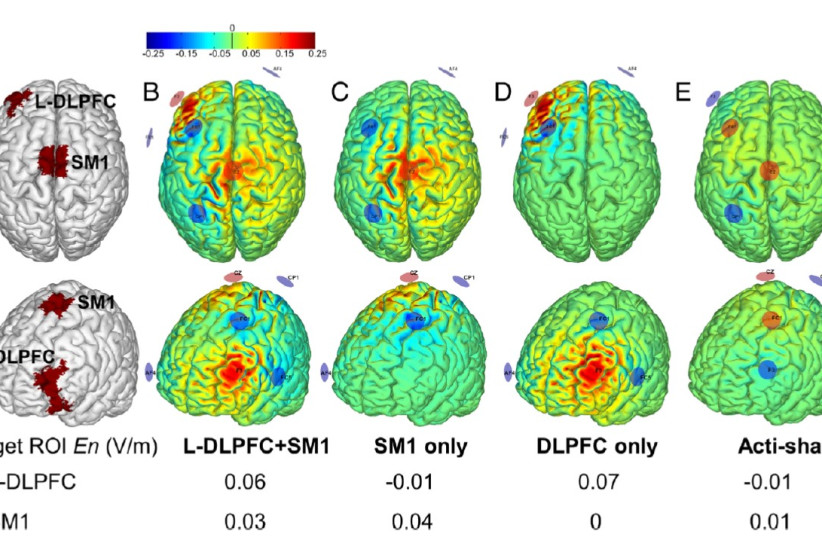Non-invasive, mild stimulation of a specific brain area in older adults improves their ability to maintain their balance and walk safely while carrying out other cognitively demanding tasks, according to a study conducted by researchers from Tel Aviv University.
The study, including investigators from Harvard University, research and medical institutions in the US and Spain and the Tel Aviv Sourasky Medical Center (Ichilov), was published in the peer-reviewed Annals of Neurology, the journal of the American Neurological Association. The research was funded by a grant from the US-Israel Binational Science Foundation.
The researchers, led by Prof. Jeffrey Hausdorff of the Sackler Faculty of Medicine, the Sagol School of Neuroscience and the Tel Aviv Sourasky Medical Center, and Dr. Brad Manor at Harvard Medical School, tested 57 people over the age of 70.
Each of them was tested with four different treatments: sham, designed not to have any influence at all but to rule out any placebo effects; stimulation of a cognitive area of the brain (DLPFC) that is responsible for dividing attention; stimulation of a sensory-motor area of the brain that contributes to the regulation of walking; and simultaneous stimulation of both areas – motor and cognitive.
Each treatment included non-invasive stimulation using a very low-intensity electric current for 20 minutes. Immediately upon conclusion of the treatment, the walking and standing sway of each subject was evaluated, with and without the request to also perform a cognitive task.
The results showed that stimulation of the cognitive area, whether alone or together with the stimulation of the motor area, reduced the negative effects of the cognitive task on walking and standing stability by about 50%. On the other hand, stimulation of the sensory-motor area alone and sham stimulation did not improve the subjects’ performance.
The researchers explained that, since the stimulation is gentle, it does not activate brain neurons but only increases their excitability, which then facilitates the ability of the patient to activate those neurons in his or her brain.
"Dual tasking that involves walking while simultaneously carrying out a cognitive task, like talking on a cell phone or with a companion, occurs frequently throughout the day," Hausdorff explained. "The concurrent performance of two tasks requires the ability to split attention. We know that among older people, difficulties performing another task while walking or standing reflect an existing and/or a potential problem concerning both functions, as well as an increased risk of falling.
"A fall can have many severe and undesirable consequences for older adults. We sought to examine the benefits of very low intensity, non-invasive electrical stimulation of various parts of the brain, hoping that this might improve their ability to perform both tasks simultaneously in a safer manner," he said.
"This treatment is safe, and we hope that, in time, people will be able to undergo self-treatment in their own homes," the professor said. "Additionally, we foresee the possibility of combining this type of therapy with exercise and other modes of intervention that can help to improve walking, to enhance thinking and to reduce the risk of falls. There is evidence that combined therapy could prove to be the most effective solution, but further research is required to examine this."

